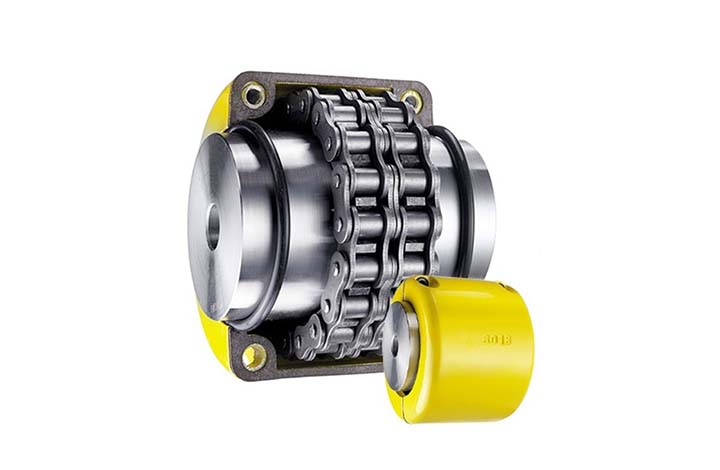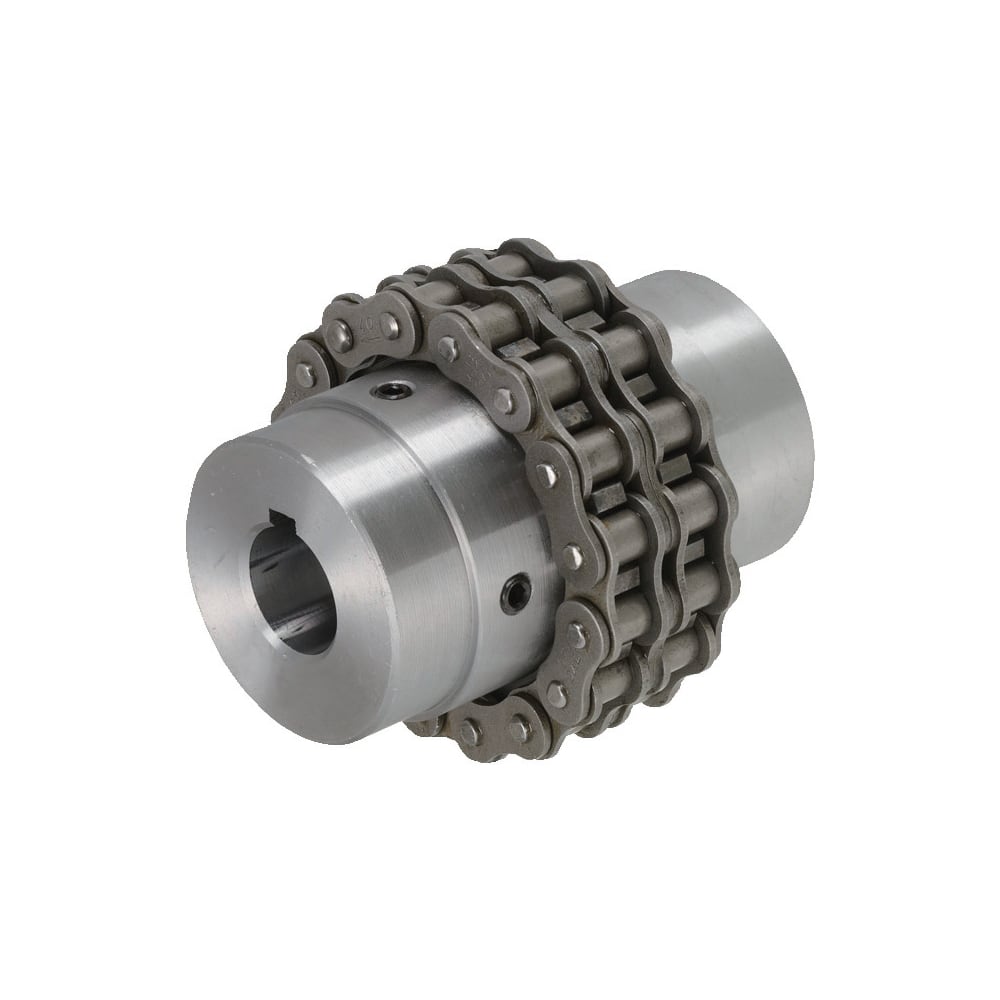Product Description
| Item | Chain Coupling | Model | All |
| Row | Duplex | Application | Machinery Parts |
| Surface Teatment | Self-color/Sand-blasted/Shot-peening | Brand | OEM |
| Package | Poly bag, then box, finally poly-wooden case | Port | Any sea port or airport in China |
| Other Products | |||
| Standard A/B Roller Chain | 08B,10B,12B,16B,40,50,60,80 | Motorcycle Chain | 415,415H,420,428,428H,520,520H,525,530 |
| Bicycle Chain | 410,Z50,Z51,Z80,Z10,RX-11 | Silent Chain | SC3,SC4,SC5,SC6,SC8,SC10 |
| Oil Field Chain | 100G,120G,140G,160G,180G | Side Bow Chain | 40SB,43SB,50SB,60SB,63SB,80SB,08BSB |
| Heavy Duty Cranked Link Chain | 2571,2512,2814,3315,3618, 4571,2184,4824 |
Chain Coupling | 3012,4012,4014,5014,5016,5018,6018,6571, 6571,8018,8571,8571,1571,12018,12571 |
| Double Pitch Conveyor Chain | C2040,C2042,C2050,C2052,C2060, C2062,C2060,C2080,C2082,C2100 |
Welded Chain | |
| Chain with Extended Pins | 08A/10A/12A/16A-D1/D2 | Hollow Pin Chain | 08BHP,10BHP,12BHP,40HP,50HP,60HP,80HP |
| Rubber Top Roller Chain | 08B-G1/G2,10B-G1/G2,12B-G1/G2,16B-G1/G2,20B-G1,24B-G1 | Double Plus Chain | BS25-C206B,BS25-C208A,BS25-C210A,BS30-C212A,BS30-C216A |
| Plastic Chain | PC35,PC40,PC50,PC60 | Palm Oil Chain | 5571,5094,5234,3076,4075,5289,5257,5305 |
| Sugar Mill Chain | 2184,8184, 0571 3, 0571 5,5956 | Paver Chain | P80,P78.1 |
| Paper Mill Chain | 63PF2 | Bottle Washer Chain | P139.7-A2,P140,P150X,P155X,P160X, P165X,P169X |
| Steel Mill Chain | P100,P160,P500 | Leaf Chain | BL523,BL534,BL588,BL634,BL866,BL1244 |
| Agricultural Chain | S45,S55,S55V,A550,CA550,CA624 | Forged Chain | 10160,14218,14226,160,125,200,216,260 |
| Forged Trolley | X348,X458,X678,X698,160 | Cast Chain | CC600,C55,C188,C102B,C132,477,455,488 |
| Overhead Conveyor Forged Chain | 5075-S/HH/HA, 7 Tons, 5 Tons | Detachable Chain | 25,32,42,51,52,55,62,70,72 |
| Snow Chain | D6,8,10,12,14,18,22,24,26,28,30 | Sprockets | Standard, Non-standard |
/* January 22, 2571 19:08:37 */!function(){function s(e,r){var a,o={};try{e&&e.split(“,”).forEach(function(e,t){e&&(a=e.match(/(.*?):(.*)$/))&&1

Comparison of Roller Chain Couplings to Other Coupling Types
Roller chain couplings offer distinct advantages and characteristics that set them apart from other coupling types, such as gear or disc couplings. Below is a comparison of roller chain couplings with these two commonly used coupling types:
- Roller Chain Couplings:
– Roller chain couplings are flexible and can accommodate misalignments, making them ideal for applications where shafts may not be perfectly aligned.
– They offer good shock absorption, which is beneficial in systems with varying loads or frequent starts and stops.
– Roller chain couplings are relatively compact and lightweight compared to other couplings, making them suitable for space-constrained installations.
– These couplings are cost-effective and provide a reliable and efficient power transmission solution.
- Gear Couplings:
– Gear couplings are capable of handling high torque and can transmit power efficiently, making them suitable for heavy-duty applications.
– They have a high level of torsional rigidity, ensuring accurate torque transmission without backlash.
– Gear couplings are generally more expensive than roller chain couplings.
– They require accurate alignment during installation, which can be challenging in some applications.
- Disc Couplings:
– Disc couplings offer high torque capacity and torsional stiffness, providing precise torque transmission and no backlash.
– They have a compact design and are often used in applications with limited space.
– Disc couplings can handle misalignment to some extent but may not be as forgiving as roller chain couplings.
– They are generally more expensive than roller chain couplings.
When choosing the appropriate coupling type, it is essential to consider the specific requirements of the application, such as torque, misalignment, speed, space limitations, and budget constraints. Each coupling type has its strengths, and the selection should be based on the demands of the mechanical power transmission system.

Reducing Vibrations and Ensuring Smooth Operation with Roller Chain Couplings
Roller chain couplings are designed to provide a flexible and torsionally soft connection between shafts, which helps in reducing vibrations and ensuring smooth operation in mechanical power transmission systems. Here’s how roller chain couplings contribute to achieving these benefits:
- Shock Absorption: Roller chain couplings have the ability to absorb and dampen shock loads that may occur due to sudden starts, stops, or changes in the load. This feature prevents the transmission of these shocks to connected equipment, reducing vibrations and protecting the system from mechanical damage.
- Torsional Flexibility: The flexibility of roller chain couplings allows for slight misalignments between shafts. This capability helps in accommodating minor misalignments, which might otherwise lead to increased vibrations and noise in rigid coupling systems.
- Uniform Load Distribution: Roller chain couplings distribute the transmitted torque uniformly along the chain, reducing stress concentration on specific components. This even distribution of load helps in maintaining smooth operation and prolonging the life of the coupling.
- Damping Properties: The material properties of roller chain couplings, such as the use of elastomeric or plastic elements in some designs, provide inherent damping characteristics. This damping helps in absorbing vibrations and preventing resonance, ensuring stable and smooth operation.
- Reduced Backlash: Roller chain couplings exhibit minimal backlash due to the precise fit of the chain’s teeth with the sprockets. This feature is beneficial in applications that require accurate positioning and motion control.
By reducing vibrations and ensuring smooth operation, roller chain couplings contribute to improved overall system performance, reduced wear and tear on components, and enhanced reliability in various industrial applications.

Torque and Speed Limits for Different Roller Chain Coupling Designs
The torque and speed limits of roller chain couplings can vary depending on their specific designs and construction materials. Some common factors that influence these limits include:
- Coupling Size: Larger roller chain couplings generally have higher torque and speed ratings compared to smaller ones.
- Construction Material: Couplings made from high-strength materials, such as stainless steel or hardened steel, can handle higher torques and speeds than those made from standard steel or other materials.
- Number of Strands: Roller chain couplings with multiple strands of roller chain can handle higher torques compared to single-strand designs.
- Operating Environment: The operating environment, including ambient temperature, humidity, and presence of contaminants, can affect the torque and speed capabilities of the coupling.
It is crucial to consult the manufacturer’s specifications and guidelines for each roller chain coupling model to determine its specific torque and speed limits. Exceeding the recommended torque and speed ratings may lead to premature wear, reduced efficiency, or even catastrophic failure of the coupling and connected equipment.
When selecting a roller chain coupling, it is essential to consider the application’s torque and speed requirements and choose a coupling that comfortably operates within those parameters. If the application demands high torques or speeds, it may be necessary to opt for larger or more robust coupling designs or explore alternative coupling types that better suit the specific requirements.


editor by CX 2024-04-25